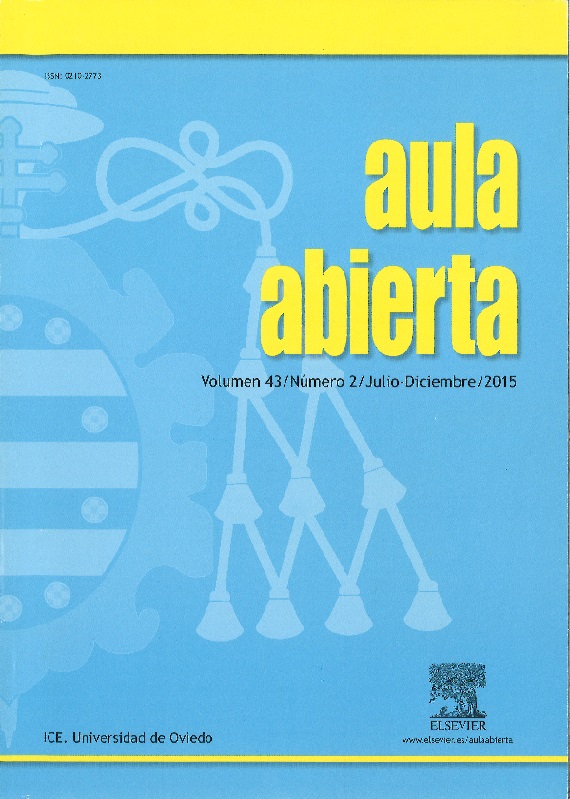Abstract
Current trends suggest that people seek to learn and to study in flexible environments; therefore, virtual education in higher education plays a fundamental role to meet this trend. The aims of this study are: first, to descriptively examine the potential of virtual education, second, to use Chickering and Gamson (1987) good educational practices model to compose virtual activities, and third to determine the impact of these practices in teaching and learning. The study was conducted with the teacher and 10 students enrolled in a class named Model and Simulation of Dynamic Systems from the Master of Sciences in Information and Communication Technology at Universidad Tecnologica de Panama. This is a descriptive study, and the results show that both the teacher and his students favorably evaluated activities that consisted of using good educational practices, through virtual education. Therefore, this type of strategy for virtual education planning and curriculum design provides positive results. However, as the authors acknowledge that the sample is limited (n=10), further studies with larger samples are required in order to collect more data.Downloads
Download data is not yet available.





